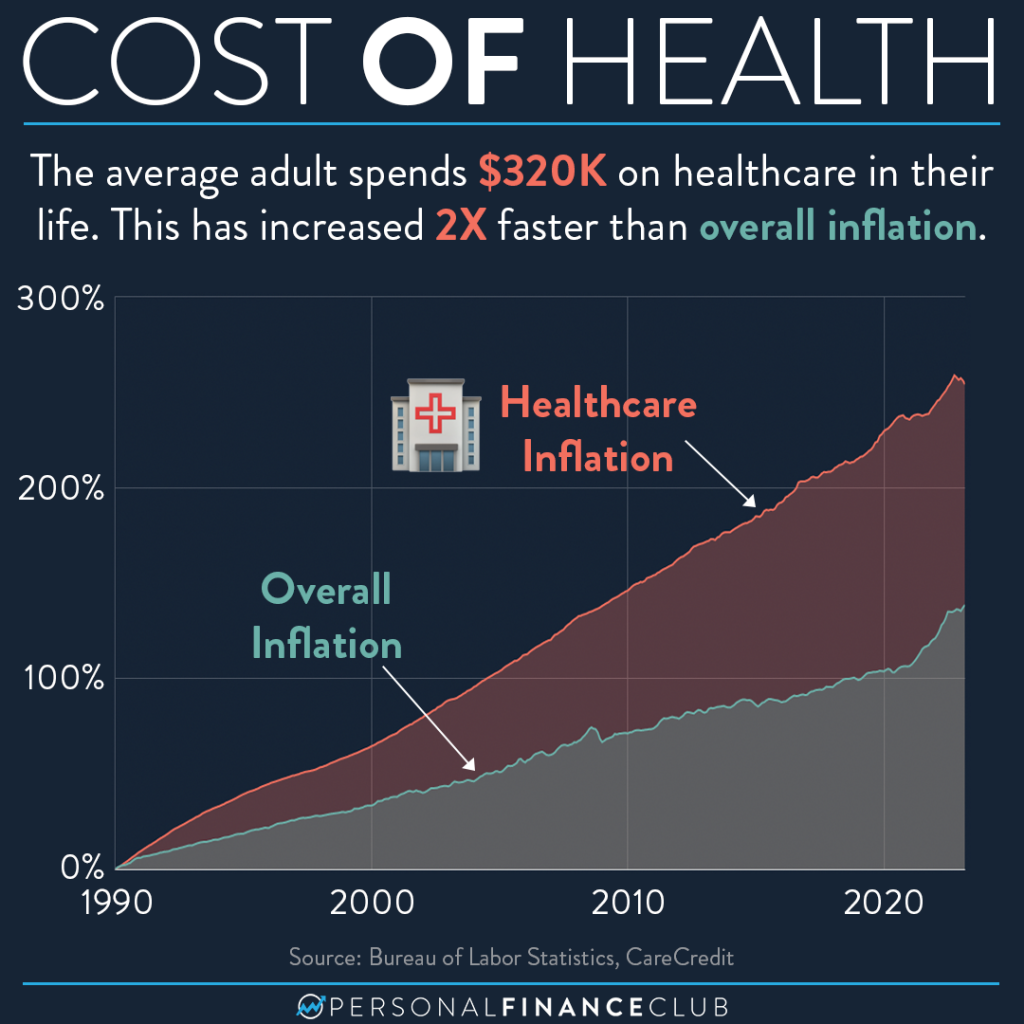Exactly How to Implement Healthcare RCM for a Smooth Profits Cycle
Exactly How to Implement Healthcare RCM for a Smooth Profits Cycle
Blog Article
A Comprehensive Guide on Just How Healthcare RCM Works to Simplify Invoicing and Collections
Navigating the intricacies of health care income cycle administration (RCM) is crucial for companies aiming to boost their invoicing and collections procedures. The guide unpacks the details of RCM, from individual registration to accounts receivable management, supplying insights into maximizing each action. Incorporating innovative technology and standardized procedures can considerably minimize insurance claim denials and accelerate repayment cycles. Yet, the real challenge hinges on effortlessly merging these aspects to improve cash money circulation. As we check out the core parts and methods that drive performance, one inquiry stays: just how can health care entities finest placement themselves to grow financially in an ever-evolving sector?
Recognizing Revenue Cycle Monitoring
Comprehending the details of Profits Cycle Monitoring (RCM) is necessary for healthcare companies aiming to maximize their economic performance. RCM is an important administrative feature that encompasses the whole economic process of person care, from the first appointment readying to the last payment of the balance. It is a complicated treatment made to determine, collect, and take care of the revenue from the services offered to patients. Efficient RCM makes certain that doctor receive timely and accurate repayments, reducing the threat of revenue loss and improving capital.
The RCM procedure begins when a client schedules a visit and expands with the patient's treatment trip, including payment and collections. A vital purpose is to lower the time between offering a solution and obtaining settlement, therefore enhancing the company's economic wellness. RCM includes different features such as individual registration, insurance policy verification, charge capture, coding, asserts entry, payment publishing, and taking care of charms and rejections.
Trick Parts of RCM
In the world of Revenue Cycle Monitoring (RCM), comprehending its key parts is essential to attaining financial performance within medical care organizations. RCM is a detailed procedure that incorporates different stages, each crucial to guaranteeing efficient billing and collections. The key elements consist of person enrollment, insurance coverage verification, fee capture, coding, claim entry, payment posting, and balance due management.


When coded, claims are sent to payers, where precision is critical to avoid beings rejected or delays - Healthcare RCM. Payment publishing entails tape-recording the received payments, which enables the settlement of accounts. Lastly, balance dues management concentrates on tracking and dealing with unpaid cases, making certain timely follow-up and resolution
Each part of RCM is adjoined, and inefficiencies in any type of part can interfere with the whole cycle. Consequently, grasping these aspects is vital for medical care service providers to maximize revenue and improve their economic wellness.
Strategies for Efficient Invoicing

Systematizing payment treatments across the company is another crucial method. Establishing clear guidelines for documents, coding, and entry assists preserve uniformity and conformity with regulatory demands. Educating staff on a regular basis on these procedures makes sure everyone is up-to-date with the most current modifications in billing codes and payer policies.
Precise charge capture is crucial in stopping revenue leakage. Executing regular audits and monitoring systems enables the identification and modification of inconsistencies prior to they impact earnings. Additionally, preserving open lines of communication with payers helps to promptly fix any conflicts or misconceptions that may arise.

Finally, engaging people early in the payment procedure by offering clear quotes and instructional materials regarding their financial duties can substantially lower confusion and boost settlement timeliness. These techniques jointly add to a much more efficient and financially healthy and balanced invoicing system.
Enhancing Collections Processes
Given the intricacies of clinical invoicing and the selection of payer requirements, improving the collections process involves applying strategic procedures that ensure exact and timely payment of services made. Automation tools can help in tracking insurance claim conditions, sending prompt pointers to clients, and handling rejections a read what he said lot more properly.
Educating team to recognize the subtleties of insurance plan and payment codes is similarly click crucial. This expertise encourages them to deal with invoicing inconsistencies swiftly and connect successfully with clients concerning their financial responsibilities. Furthermore, clear and clear person interactions are vital. Supplying in-depth explanations of fees and offering flexible layaway plan can enhance patient contentment and punctual repayments.
Routine audits of the collections procedure should be carried out to identify locations for enhancement and guarantee conformity with guidelines. By analyzing information, medical care organizations can determine patterns, anticipate potential problems, and adapt approaches accordingly (Healthcare RCM). Eventually, a well-enhanced collections procedure not just sustains monetary wellness yet also contributes to a more smooth experience for people and personnel alike
Optimizing Income Streams
Building upon the structure of a strong collections procedure, medical care organizations can even more reinforce their economic security by tactically enhancing income streams. This entails a multi-faceted technique, beginning with a thorough evaluation of existing earnings resources to identify ineffectiveness and locations for development. Employing innovative information analytics tools enables companies to get insights into payer mix, individual demographics, and service application patterns, permitting data-driven decisions that boost revenue capture.
Implementing automated invoicing systems can considerably minimize mistakes and speed up insurance claims refining, guaranteeing that profits is collected a lot more efficiently. Additionally, optimizing payer agreements with regular settlements can improve repayment prices and terms, directly influencing the lower line. Branching out solution offerings, such as incorporating telehealth or health programs, can also draw in a broader person base, hence enhancing earnings capacity.
An additional crucial element is boosting patient involvement and fulfillment, as completely satisfied patients are more likely to abide by therapy strategies and make prompt payments. Supplying flexible settlement choices pop over here and transparent invoicing techniques can improve collections and foster patient commitment. Healthcare RCM. By adopting these methods, health care organizations can create a much more resistant financial framework, guaranteeing sustained growth and stability in an ever-changing market landscape
Verdict
To conclude, health care Profits Cycle Monitoring (RCM) plays a crucial role in optimizing invoicing and collections processes by integrating essential components such as patient registration, insurance confirmation, charge capture, coding, claims entry, and receivable administration. By utilizing innovative modern technology, systematizing treatments, and promoting person involvement, health care providers can substantially minimize case rejections, speed up repayment cycles, and improve capital. This extensive method to RCM inevitably causes enhanced economic performance and sustainability for medical care organizations.
The RCM process begins when a patient schedules an appointment and expands via the client's treatment journey, consisting of billing and collections.One more critical part is boosting client interaction and satisfaction, as pleased individuals are much more likely to stick to treatment plans and make timely payments. Using adaptable settlement options and transparent invoicing practices can improve collections and foster person loyalty.In verdict, health care Earnings Cycle Management (RCM) plays a critical function in enhancing billing and collections procedures by incorporating key elements such as person enrollment, insurance policy verification, cost capture, coding, declares entry, and accounts receivable monitoring. By utilizing innovative innovation, systematizing procedures, and fostering person interaction, medical care service providers can substantially lower insurance claim rejections, increase repayment cycles, and boost money circulation.
Report this page